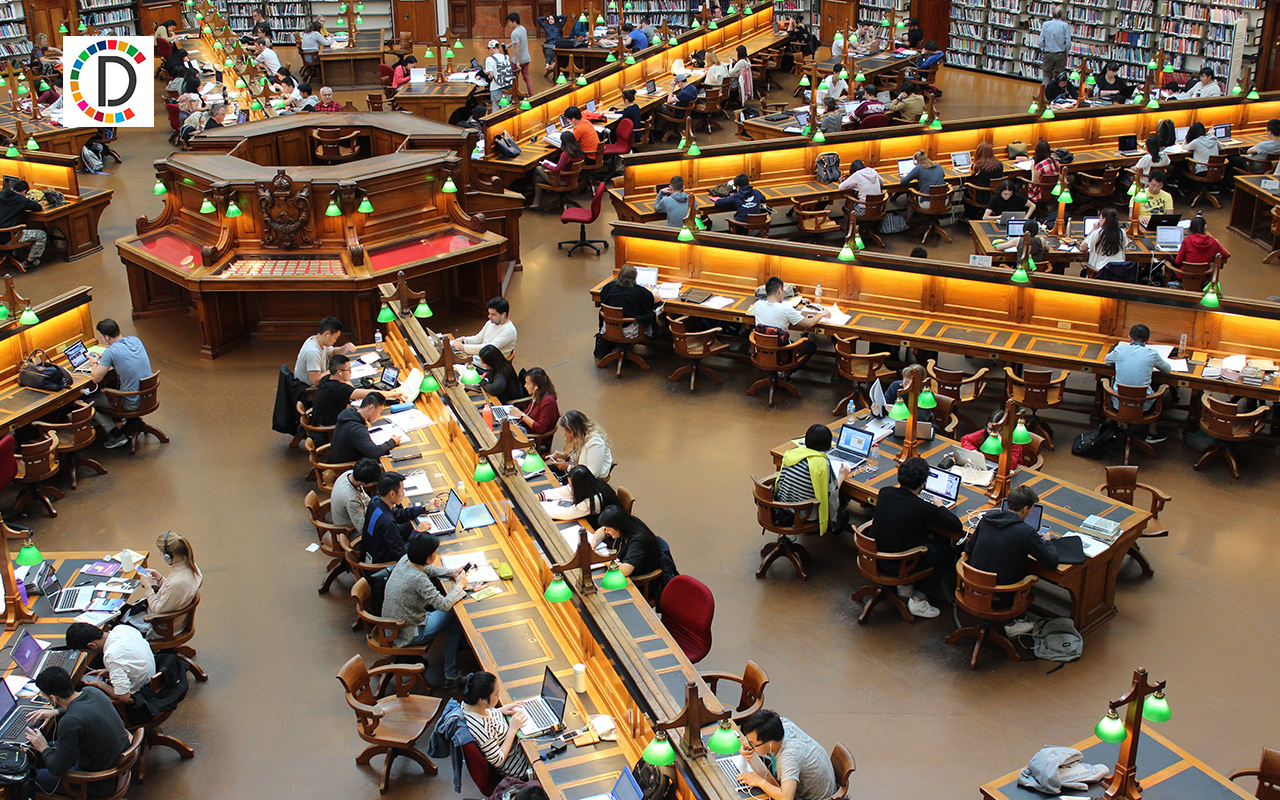Protests marked 2019 in many of Delhi's universities

- Country:
- India
The year 2019 saw several protests in universities in the national capital as students and teachers took this route to voice their dissent on a gamut of issues. While the Jawaharlal Nehru University (JNU) students opposed the hostel fee hike terming it as "arbitrary", Delhi University faculty resorted to 'satyagraha' to demand absorption of ad-hoc teachers.
Jamia Millia Islamia, which does not have a students' union, saw the students uniting with members of the civil society and taking to streets to raise their voice against the amended citizenship law. The demonstrations also saw bitter confrontations between the police and the agitators. From painting graffiti on walls of the vice-chancellor's office to boycotting exams, from taking out marches to Parliament and Rashtrapati Bhawan that were stopped mid-way to protesting outside the convocation venue leading to HRD Minister Ramesh Pokriyal 'Nishank' being stranded for over six hours, JNU students left no stone unturned to ensure that the fee hike was rolled back.
The JNU Students' Union went on a strike in November, boycotting all academic activities, against the fee hike which meant that students would have to pay service and utility charges. Despite two partial rollbacks offered by the varsity, the situation continues to remain the same with students sleeping outside the schools to ensure that no academic activity can happen.
The protests against fee hike also reached the neighbouring campus of the Indian Institute of Mass Communication where students opposed the "exorbitant" fees. Jamia Millia Islamia also erupted in protests albeit for a cause that had triggered a nationwide stir -- the new citizenship law.
So much so, that the varsity even postponed its exams and declared winter break for students after the first protest saw stone pelting by the agitators and use of tear gas by the police in response. A day after the varsity postponed the exams and declared the winter break, the protests outside the varsity, apparently organised by some outsiders, assumed serious proportions. Following violence and arson, police uses tear gas and force to quell them.
In order to look for 'outsiders', police barged into the campus, apparently in the library and baton charged even students, who were studying there, the videos of which went viral. The police action received criticism from the varsity authorities, rights groups, student bodies and teachers' groups.
Following the police action, the gate number 7 of the varsity became a protest site, where students and civil society members continued to voice their dissent in a peaceful way. From street plays to public gatherings to forming human chain, the protesters have continued their agitation, even in the biting cold.
The police action on the varsity students triggered several other protests with some students even adopting a 'Gandhigiri' way, offer roses to security personnel. Delhi University also saw protests, but from teachers, who wanted a one-time regulation for absorption of ad-hoc teachers.
The teachers occupied the vice-chancellor's office, painted graffiti on its walls, and stayed put for a few days but were later pushed back by the varsity administration from the building. They continued their protests outside the vice-chancellors' office in the cold by erecting sheds.
(This story has not been edited by Devdiscourse staff and is auto-generated from a syndicated feed.)










